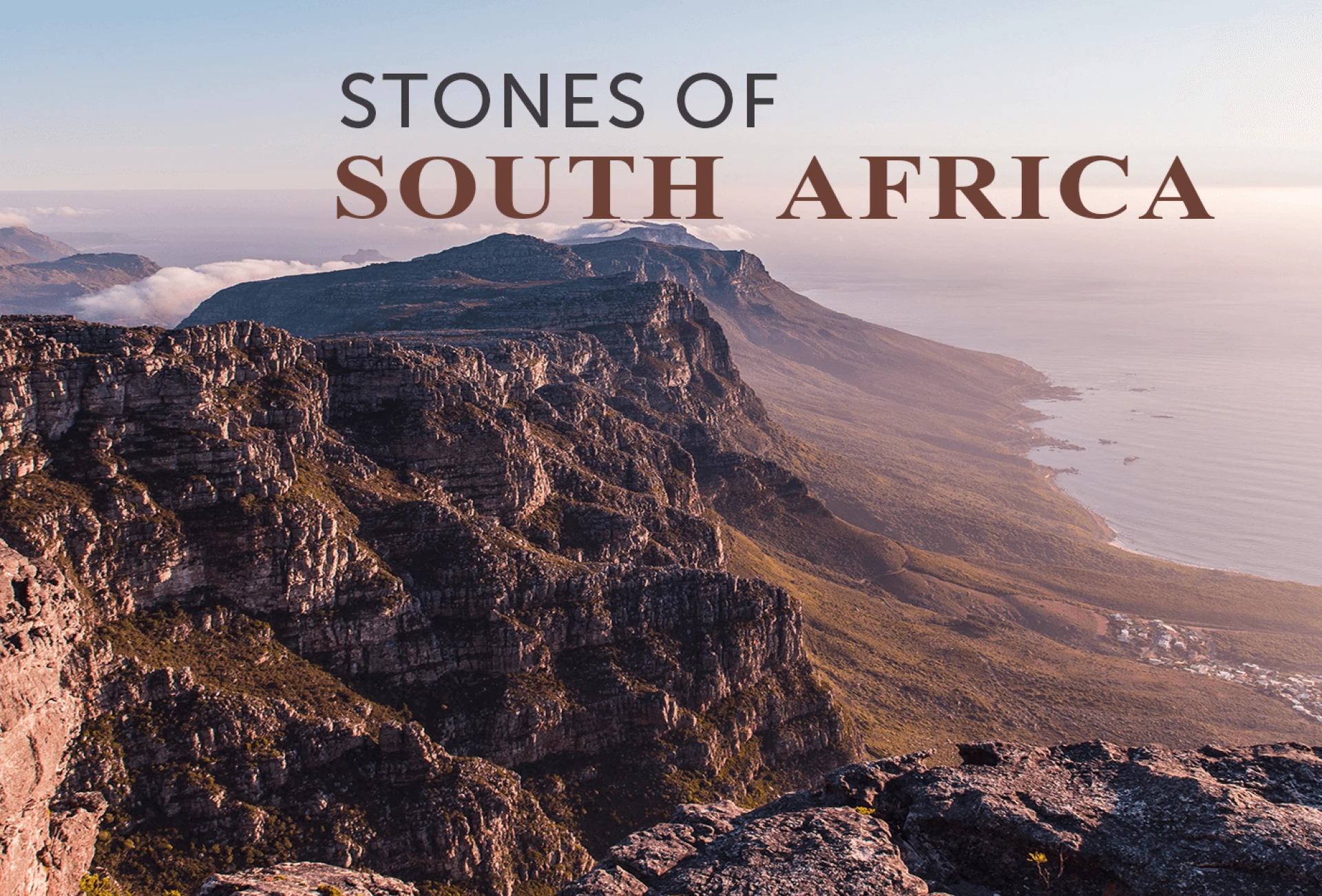“The Rainbow Nation” - South Africa is one of the most ethnically diverse countries in Africa. This country is on the southernmost tip of the African continent, marked by several distinct ecosystems. Cape Town, the capital, is named after the Cape, the southernmost point of the African continent. By the end of the article, you will have gained knowledge about some of the most popular stones of South Africa.
Geographical Landscape
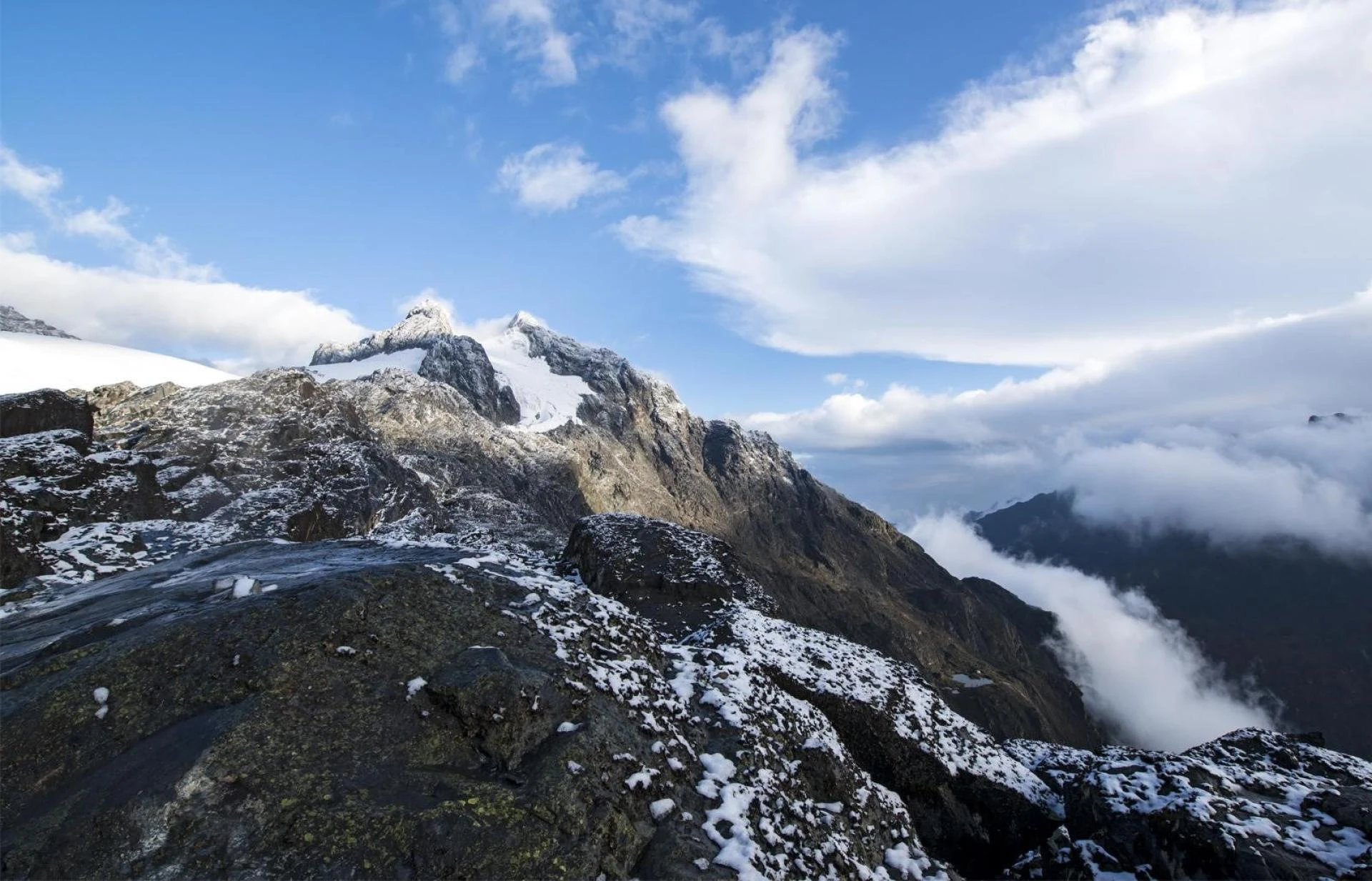
This country has numerous famous geological features, the centre of the country is a semi-arid plateau surrounded by mountain ridges.
The main geological feature is of rather ancient, Precambrian origin, about 3Ga old. The central areas are composed of Precambrian crystalline rocks, mainly Gneiss and Granite, but also Archean mafic-ultramafic volcanic sequences. Those rocks are among the oldest known rocks on Earth. There exist a few locations with much older rocks, e.g. in Iceland, but they are heavily altered and found only in very small spots. So the Precambrian rocks of South Africa are the oldest formation of rocks with a considerable size. The most interesting fact among those rocks is their structures which are created by the fast cooling of the lava which requires many different atmospheric conditions to be formed. They allow the reconstruction of the composition of the atmosphere while they were formed and thus allow a glimpse of Earth\'s atmosphere 3Ga ago.
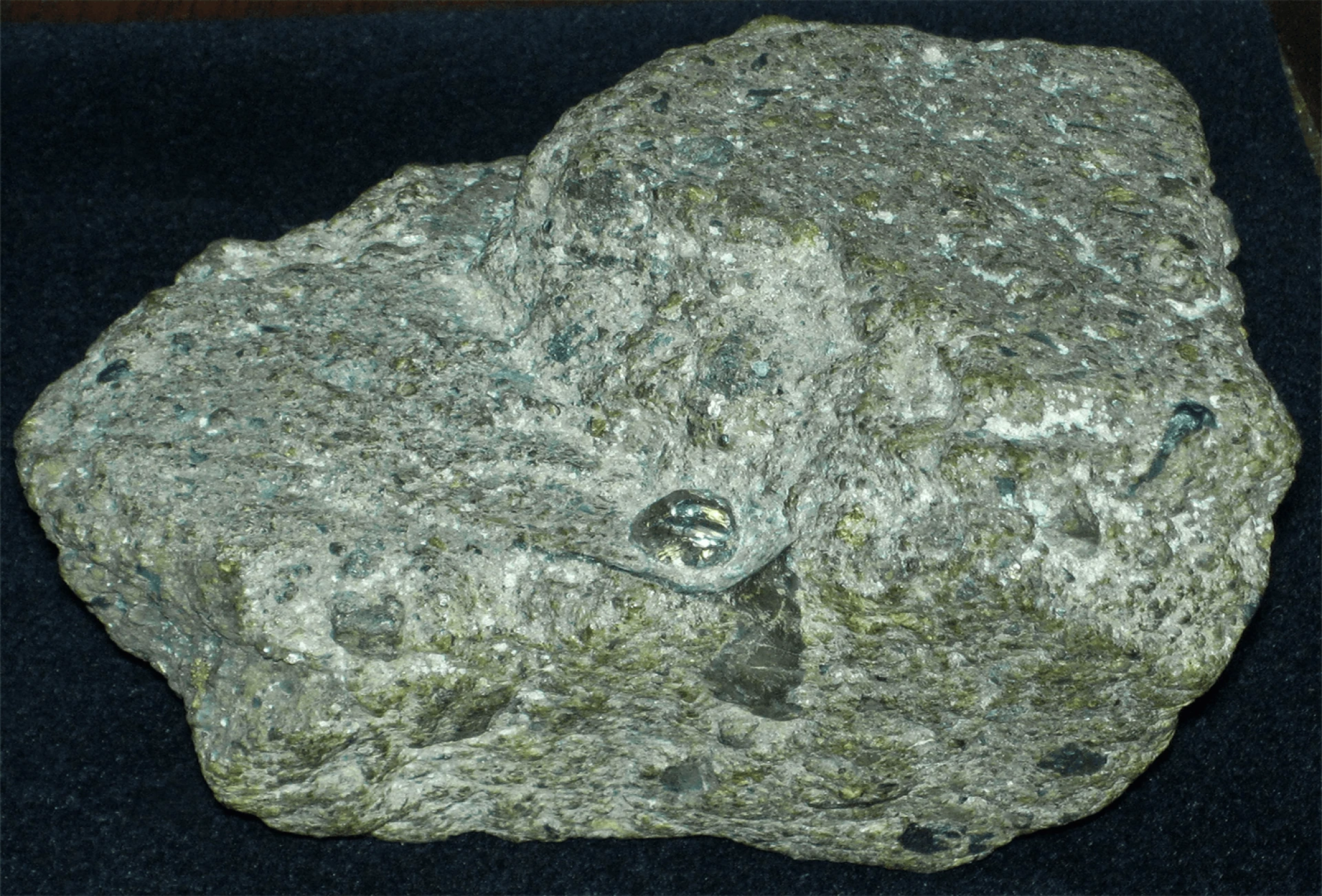
(Precambrian - South of Africa)
Many deposits originate from this era, gold-bearing conglomerates and banded iron formations. The gold is of great economic value and the backbone of the Kruger Rand currency, symbolised by the famous gold coins. Later millennia saw volcanism, especially the formation of the famous diamond-bearing kimberlite pipes about 1Ga ago. Kimberlite is formed under high pressure and temperature in the pipes deep inside the volcano, and during this process, the carbon in the lava is converted into a diamond. And diamonds are the second important backbone of South Africa\'s economy.
IMPERIAL RED GRANITE | STACCATO GRANITE | BELVEDERE GRANITE
|
Precious Gem Stones of South Africa
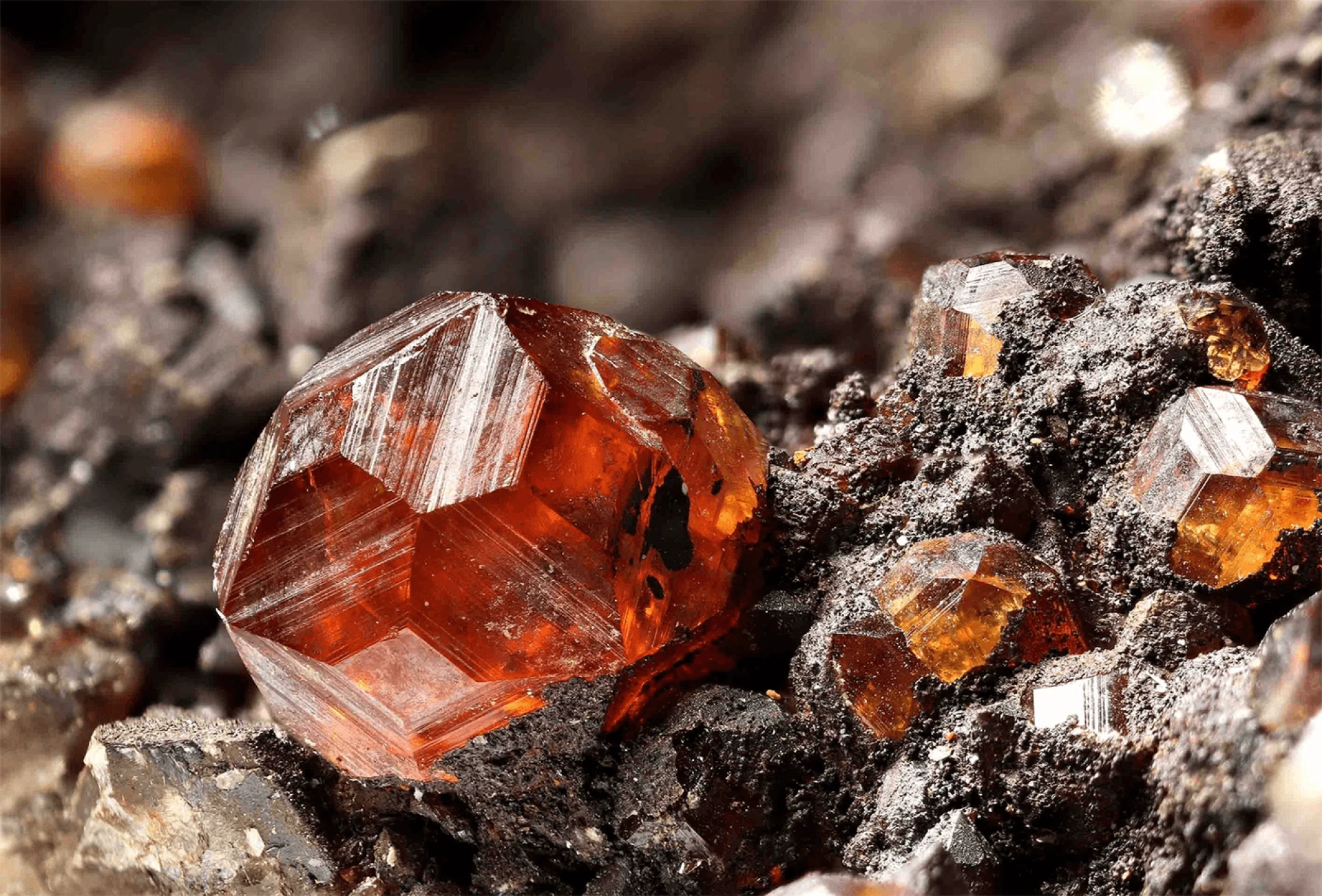
Most gemstones are minerals or rocks and occur in favoured sites in the earth’s crust or in the gravels that result from the weathering of rocks. Of the beautifully crystallised minerals that seem useful for gems, only a very few meet the standards and are sufficiently beautiful, durable, rare, and large enough to be cut into saleable stones. As a class of natural objects gemstones are exceedingly rare.
In gemstones, they are major ingredients in amethyst, aquamarine, emerald, garnet, peridot, topaz, tourmaline, and zircon. Oxygen is a major ingredient in ruby, sapphire, chrysoberyl, and spinel.
Mankind has long been fascinated by gemstones. Not only to be used as investments by the rich, who used to show off the red rubies, shiny diamonds, or enormous emeralds to display wealth, status, and power owned only by the royalty. People have treasured gems for many reasons throughout history.
Diamond Origin and History
The discovery of diamonds in South Africa played a pivotal role in the world’s diamond history. Before diamonds were discovered in Kimberley, they were extremely rare and were only found in small quantities in India and Brazil.
Eureka- The First Diamond of South Africa:
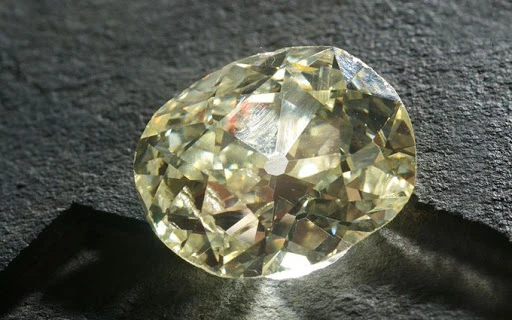
In 1867 South Africa’s first diamond, later called the “Eureka”, was discovered on the banks of the Orange River near Hope-town by 15-year-old Erasmus Jacobs. He was playing around on his father’s Northern Cape farm at the time and a pretty transparent rock caught his eye. It was a neighbour, Schalk van Niekerk, who identified this ‘rock’ as a diamond.
A few years later, Johannes Nicolaas de Beer and his brother Diederik Arnoldus De Beer, two Dutch settlers, discovered diamonds on their farm. The discovery led to a diamond rush, with people from various parts of South Africa intruding on their land in the hope of finding their very own diamonds. Unable to protect their land from the masses, they decided to sell their property. Though the brothers did not become the owners of diamond mines, their name, De Beers, was given to one of the mines, and today, the De Beers name is still synonymous with the diamond industry worldwide.
The Big Hole - in Kimberley
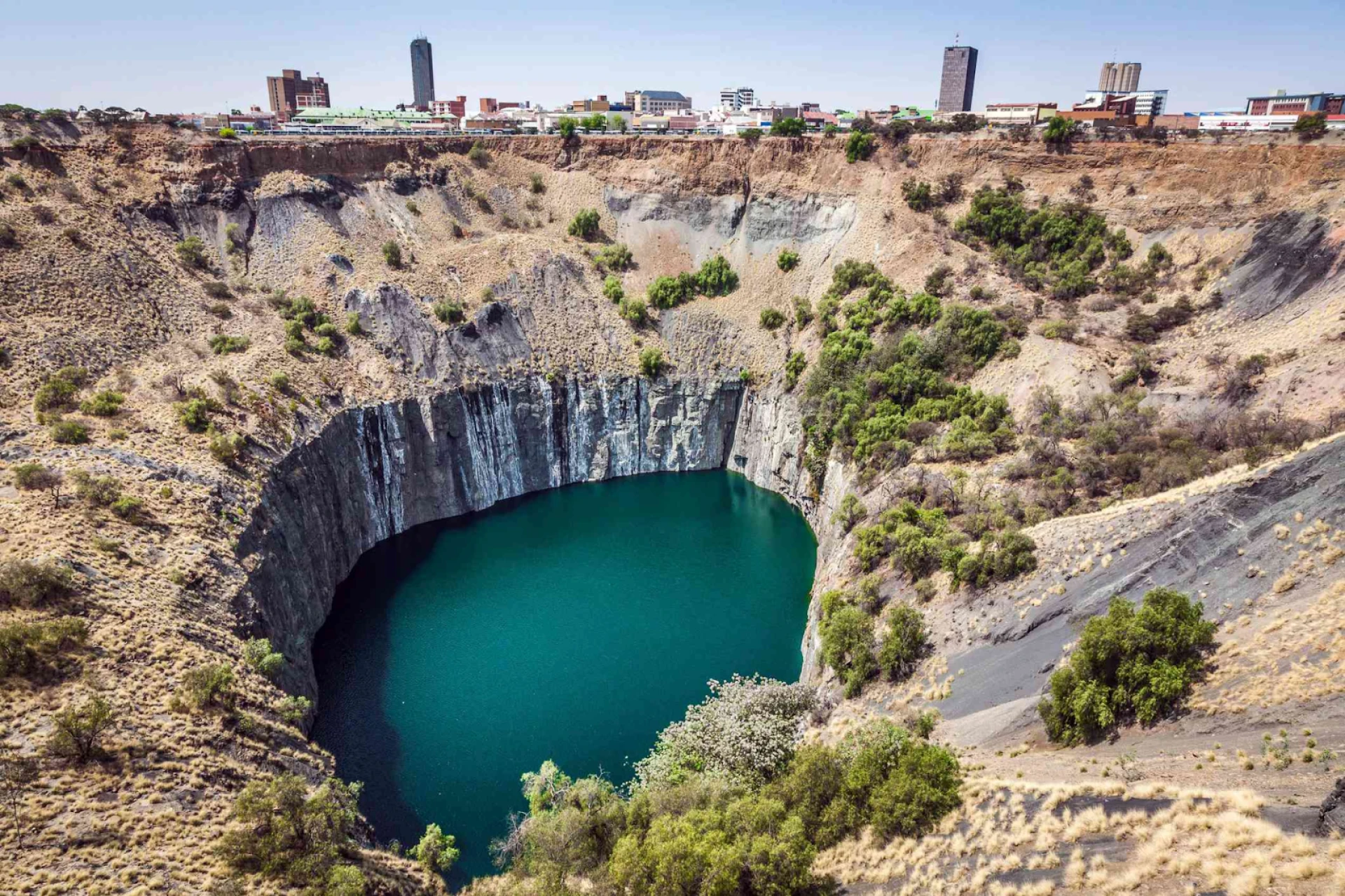
More than 22 million tonnes of earth were removed from what is now known as “The Big Hole” in Kimberley, and approximately three tonnes of diamonds were removed. The Big Hole is considered the world’s deepest man-made hole. Today, The Big Hole is a well-known tourist attraction.
The most expensive gemstone ever sold was the Pink Star diamond which was sold for $83 million. Also known as the ‘Fancy Vivid Pink’ diamond, this stunning gemstone was mined in 1999 in South Africa, with a weight of 59.6 carats. Because of the selling price of $83 million, this diamond became the most expensive gem ever sold.
The Cullinan - The Largest Diamond in the World
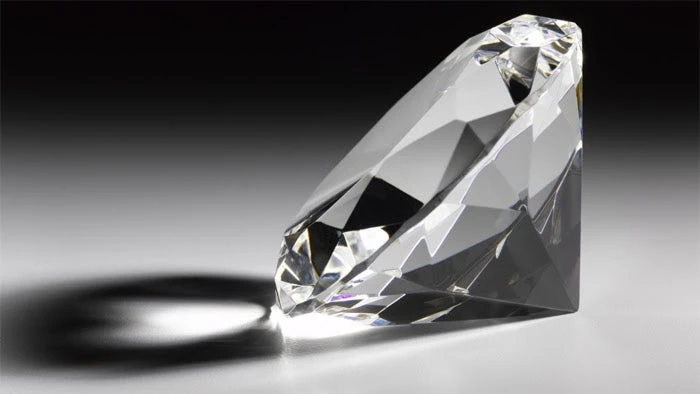
That Queen Elizabeth crown that she has worn for 63 years also has a diamond from South Africa. Weighing a breath-taking 3 106 carats, this diamond was discovered in 1905 by Pretoria’s Premier Mine inspector, Thomas Wells, who initially mistook it as a piece of glass placed by the miners to prank him. When its identity was revealed, the diamond was named “The Cullinan” after the owner of the mine and purchased by the Transvaal government as a gift for King Edward VII.
There is a widespread misconception that Africa is only home to diamonds, copper, and gold reserves. However, in reality, the continent possesses a diverse range of precious gemstones inside its vast geological planes.
In fact, many gems and stones come from South Africa and this is the reason the gemstone industry here remains sturdy.
Here are Some of the Most Sought After Gem Stones of South Africa along with the Diamond;
Chatoyant Quartz, Enstatite, Rhodonite, Grossular Garnet, Rhodochrosite, Petalite, Platinum, Plasma Chalcedony, Chrysoprase, Microcline, Uvarovite, Gold, Zoisite, Chrysoprase, Diopside, Chrysoberyl, Pyrope, Phosphophyllite, Labradorite, Dravite, Taaffeite, Rutile, Tugtupite, Lapis Lazuli, Turquoise, Sillimanite, Oligoclase, Spodumene, Gypsum, Tektites and Shell.
Dimension Stone Block
Dimension stones are natural stones that can be cut into specific sizes and shapes for various construction and decorative purposes. Sandstone, a dimension stone, is popular for building houseware, domestic construction such as paving, landscaping, tiling, and other artistic works.
The construction sector accounts for over 80 percent of consumption, with the funerary, monumental industry accounting for 15 percent, and various special applications for around 3 percent.
The country has numerous limestone and dolomite areas suitable for karst development The total area of karst is very small in relation to the size of the country. The main karst areas are Bredasdorp in the south, Groot Swartberg, a little to the north, a huge area south of Kuruman, and Transvaal and Drakensberg.
Most of the carbonate rocks are dolomites, often crisscrossed by igneous dykes. The country also has notable noncarbonate karst. There are several caves in the hard sandstones of the Cape Peninsula. At the southern end of the Drakensberg area are caves and karst features formed in quartzite.
South African dimension stone production consists mainly of granitic rock with slate and sandstone making up the balance. The term “granite” is applied very loosely in the industry and is used to describe almost any medium- to coarse-grained igneous or metamorphic rock.
While a wide variety of dimension stones has historically been used in South Africa, the current production consists of almost exclusively granite. The African dimensional stone industry was dominated by three companies, Marlin Holdings Limited, Kelgran Limited, and R.E.D. Granite
Commercial production of granite has its roots in the Rustenburg area (North West Province). Exports of South African granite commenced in the 1950s and these soon became popular in the monumental market, with the result that many quarries were started in the Brits-Rustenburg area, up until the mid-1980s.
More than thirty different colours of granite are produced, along with several quartzite, sandstone, and slate. The so-called classic material - Nero Impala Granite, Rustenburg Grey, Olive Green, Blue in The Night Granite, African Red, Belfast Black, and Verde Bitterfontein – are always in demand and used extensively throughout the world in both the construction and monumental industries.
South African Stone - Rustenburg Grey
Rustenburg Granite is a black granite having a dark black base with large dark grey grains intrusive igneous rock which is granular and phaneritic in texture quarried stones of South Africa. This stone is also known as, Africa Impala Granite, Africa Nero Impala Granite, Africa Rustenburg, African Impala Granite, Africa Schwarz Granite, Black Impala Granite, Diorit Impala Granite, Eagle Black Granite, Gabbro Impala, Granite Impala, Impala Black Granite, Impala Gabbro, Impala Granite, Impala KM Granite, Impala Nero Granite, Impala Nero Granite, Impala Schwarz Granit, Impala-Granit, Jasberg Granite, Marciana Granite, Marikana Black Granite, Nero Rustemberg Granite, Nero Rustenburg Granite, Nero Rustenberg, Nero Sudafrica Granite, Nero Africa Granite, Nero Africa Impala Granite, Nero Afrika Granite, Nero Afrika Impala Granite, Nero Impala Granite, Nero Impala Africa Granite.
This accounts for over 70% of Stones of South Africa production and is the single largest volume material traded on world export markets comprising more than 7% of world granite trade.
African Red Granite
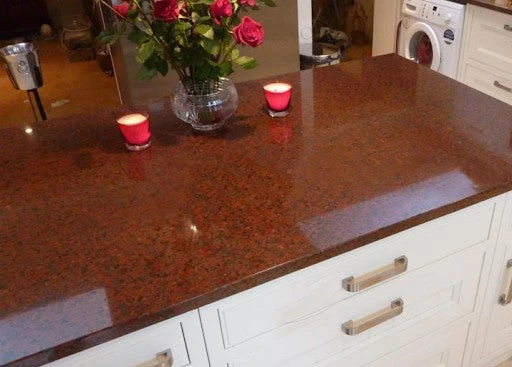
African Red Granite are a kind of blazing red stones of Africa, with an intensive red and white pattern (black spots) granite quarried in South Africa. It is also called South Africa Red Granite, African Red Granite, Red Africa Granite, Rojo Africa Granite, Africa Granite, Granite Rouge Afrique, Granito Vermelho África, Imperial Red Africa, South African Red.
Impala Granite

As suggested by the name, this marvellous black granite is quarried in the northeastern province of South Africa. It is also known as Nero Impala as it is found among the ravishing landscapes with prosperous wild fauna where one can often observe grazing impalas, an African species of antelopes.
Belfast Black Granite
It is a fine-grained, black gabbro/norite of the Precambrian period. Quarry Location: near Wapadskloof, Belfast, Mpumalanga, South Africa, and this is most probably the first granite referred to as Nero Assoluto by the Italian stone industry.
AFRICAN RED GRANITE
| IMPALA / SOUTH AFRICA GRANITE | COSMIC BLACK GRANITE |
Verde Bitterfontein
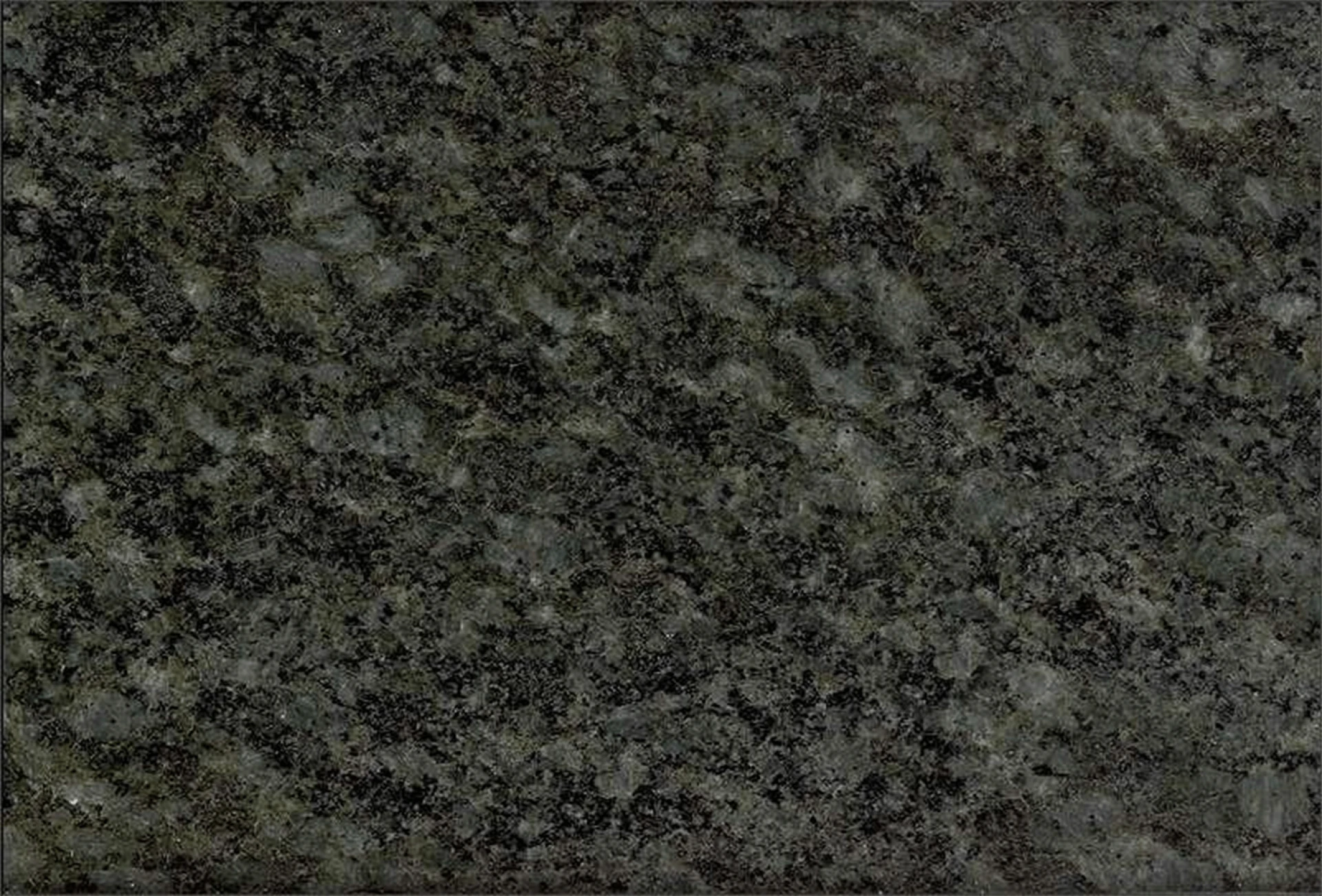
Limited; which accounted for 94 per cent of South African dimension stone production, from 26 quarries. This is a coarse-grained, dark green granite of the Precambrian period, the colour is caused by chlorite. The veining and colour variations and a small sample of Verde Bitterfontein granite may not be representative of the whole slab therefore swatch samples must be approved for large projects to ensure that the blocks are all extracted from the same quarry face for matching purposes.
Check out these latest blogs too and do leave your queries in the comment section, if you have any.



